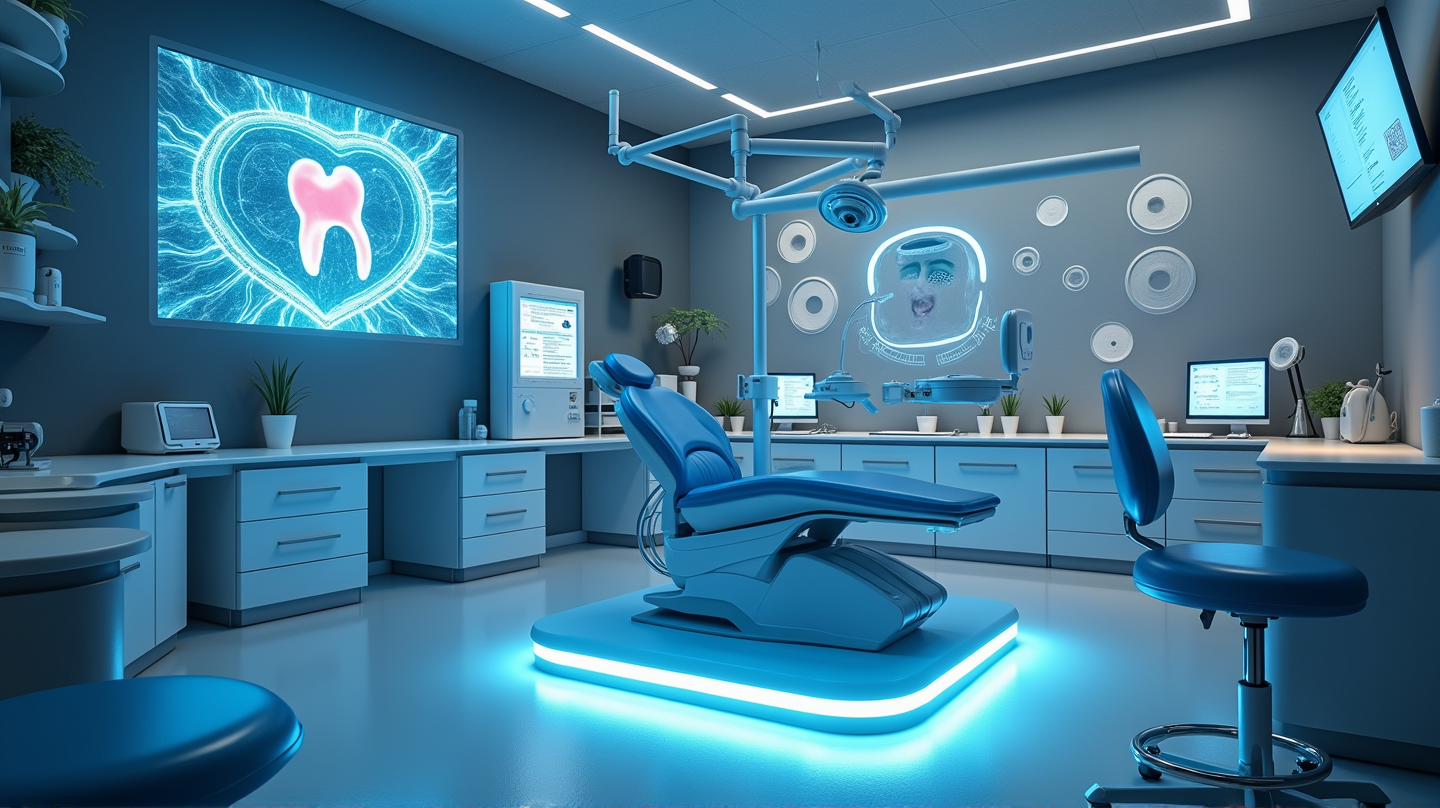A New Era in Dental Restoration
The dental world is witnessing a transformative change, thanks to deep learning technology. Imagine walking into a dentist’s office and having your tooth restored with unprecedented accuracy and speed. According to BMC Oral Health, recent advancements in artificial intelligence are set to redefine how we approach dental restoration, placing cutting-edge technology at the forefront of dentistry.
The Challenge with Traditional Methods
Traditional approaches to tooth restoration, including manual wax modeling and computer-aided design (CAD), often fall short in delivering the perfect balance of accuracy, personalization, and efficiency. These methods typically rely on pre-defined templates that limit customization. However, with the increasing demand for tailor-made dental solutions, a new method presents itself — deep learning.
The Deep Learning Advantage
At the heart of this revolution is a sophisticated three-stage framework utilizing deep learning for automatic tooth restoration and reconstruction. Initially, an RGB image of a defective tooth is processed to fill in missing regions, followed by conversion to a grayscale image for 3D model creation. This innovative method not only accelerates the process but also enhances precision, offering a personalized experience for patients.
Superior Performance in Seconds
The results speak for themselves. This new approach outperforms traditional methods in restoration quality, accuracy, and speed. Impressively, an average image processing and reconstruction cycle takes just 12 seconds, a significant improvement over past techniques. This leap forward brings dream-like efficiency to a previously labor-intensive procedure.
Broader Applications and Future Prospects
The application of these techniques isn’t confined to basic restoration. They extend into fields like forensic odontology, where precise reconstruction can assist in identity verification in disaster scenarios. Moreover, this technology holds the promise to refine implant design and placement, providing healthcare professionals with crucial data to improve patient outcomes.
Overcoming Initial Hurdles
Despite the impressive capabilities of deep learning, challenges remain. Generalization across different tooth types and computational efficiency are critical hurdles. Yet, as the field progresses, researchers are exploring the integration of multi-view reconstruction methods and enhanced deep learning models to further cement these advances in dental practices.
Concluding Thoughts
In conclusion, deep learning technology is revolutionizing dental restoration, offering faster, more accurate, and more personalized treatments. With ongoing research and development, this approach is poised to set new standards in oral healthcare, promising a future where dental restoration is seamlessly integrated with technology, benefiting practitioners and patients alike.
